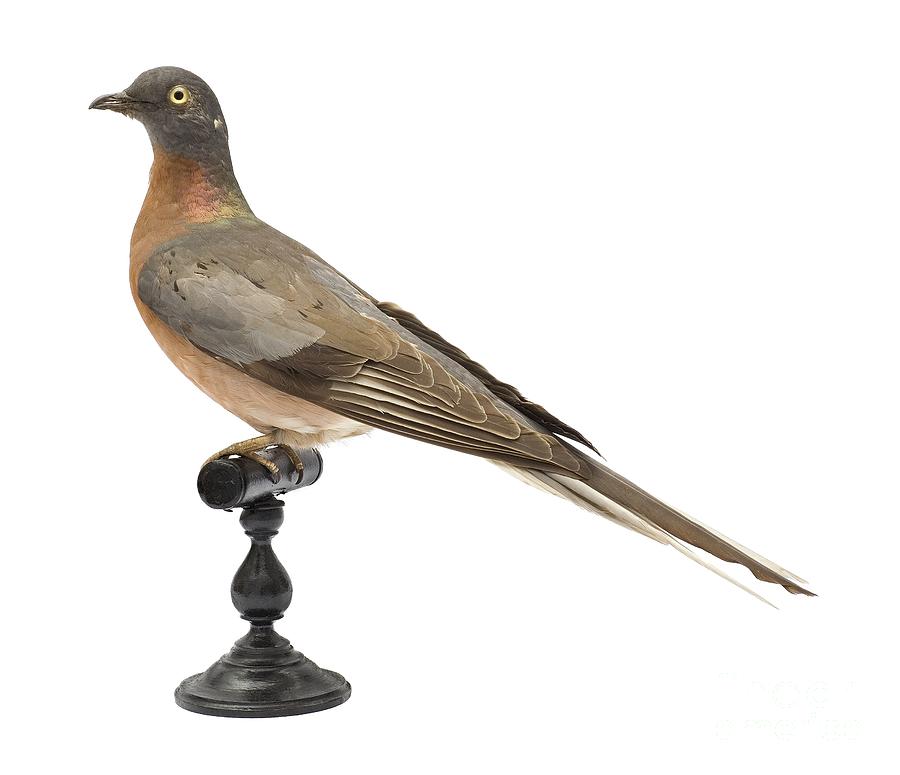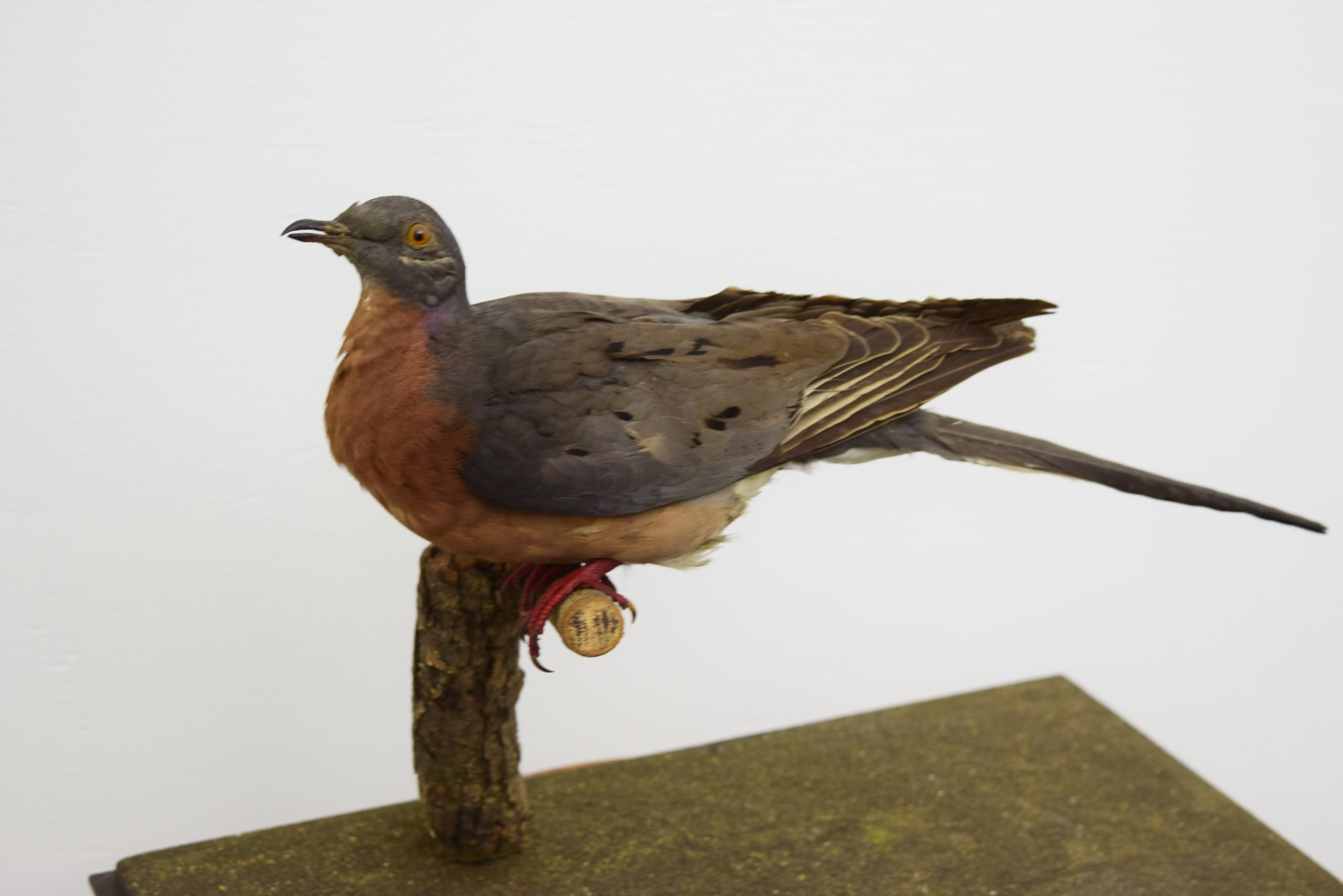

Every cell in its fleshy toe pads contains the 1.5 billion base pairs of DNA that spell out the bird’s identity, from the color of its eggs to the sound of its voice. The Manitoban pigeon lying in its drawer at Berkeley holds a vast library in its feet. All he needed were samples from a museum specimen. When he started graduate school at the Ancient DNA Center of McMaster University in Ontario, Novak hoped to analyze genes from the bird that had captivated him as a kid. “You’re kind of steered away from the science fiction when you go to school,” he says. “I thought that was too absolute.”Īs a student at Montana State University Novak studied ecology and evolution with the hope of bringing back extinct animals, but his focus soon shifted toward more modest population studies.

“This absolutely bigger-than-life story of the most abundant bird on the planet going extinct so quickly.” But he wasn’t convinced that animals like the passenger pigeon were gone forever. “I just fell in love with the story of it,” he said.

Novak remembers learning about the pigeon in school. By 1889, the population was in the thousands. By the late 1850s, flocks were shrinking. Setting a match to the combustible birch bark forced terrified chicks to fling themselves from their nests. Their tactics were brutal and effective: Firing into the trees brought down thousands of birds in one afternoon.
PASSENGER PIGEON PROFESSIONAL
Professional trackers followed the flocks and descended on nest sites.

But in the mid 19th century, the railroad and the telegraph turned the pigeon into a national commodity. Martha, the last living bird, took her place under museum glass in 1914.Įven before Europeans arrived, hunters shot nests with arrows or knocked them down with poles. But in a mere 25 years, the population shrank from billions to thousands as commercial hunters decimated nesting flocks. The birds were shipped in boxcars by the tons, sold as meat for 31 cents per dozen, and plucked for mattress feathers. They are all that’s left of a species once perceived as a limitless resource. But as genetic technology races ahead, a scenario that’s hard to imagine is becoming harder to dismiss out of hand.Ībout 1,500 passenger pigeons inhabit museum collections. The technical challenges are immense, and the ethical questions are slippery. to discuss a plan to bring the passenger pigeon back from extinction. Today scientists are meeting in Washington, D.C. When Europeans first landed on the continent, they encountered billions of the birds. 1884.” This is the passenger pigeon, once the most abundant bird in North America. A slip of paper tied to its foot reads, “ Ectopistes migratorius. A pea-sized bulge of white cotton sits where its eye should be. Slate-blue heads and thin white tails protrude in perfect alignment, except for one bird that cranes its neck to face its neighbor. Bloated with stuffing, their ruddy brown chests resemble a row of sweet potatoes. Twelve birds lie belly-up in a wooden drawer at the Berkeley Museum of Vertebrate Zoology.


 0 kommentar(er)
0 kommentar(er)
